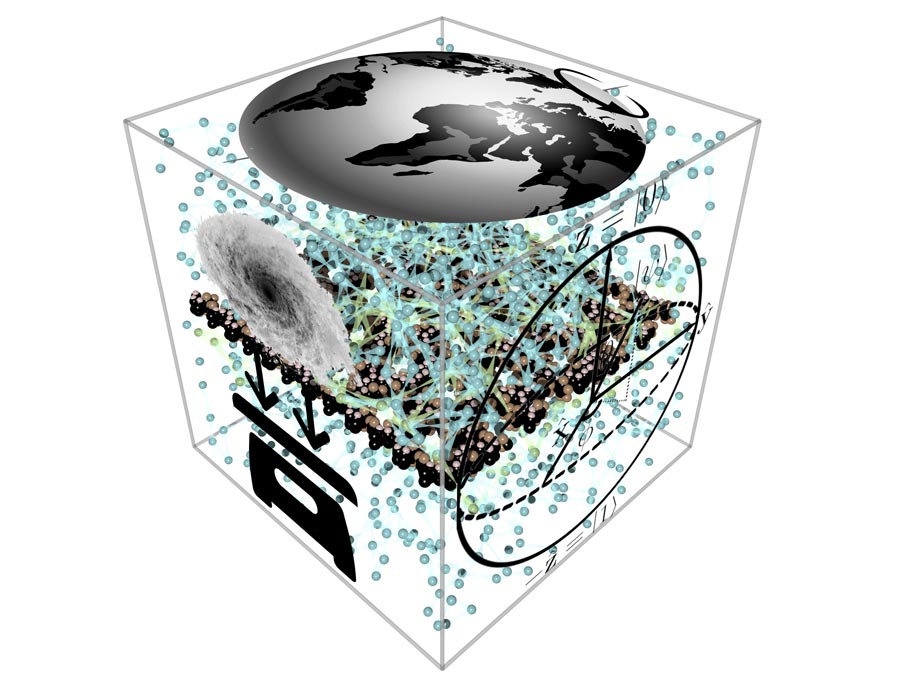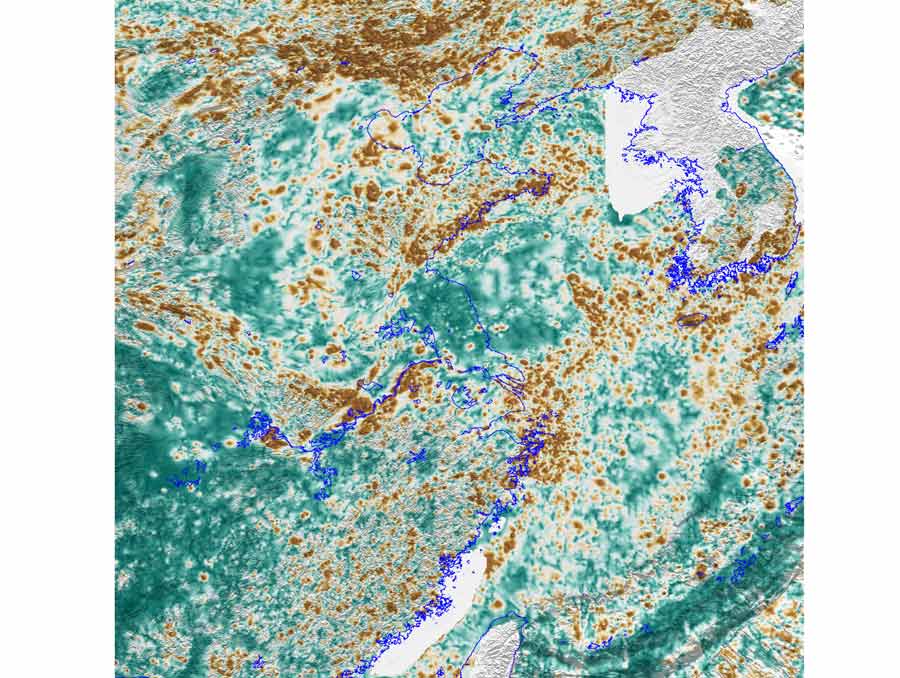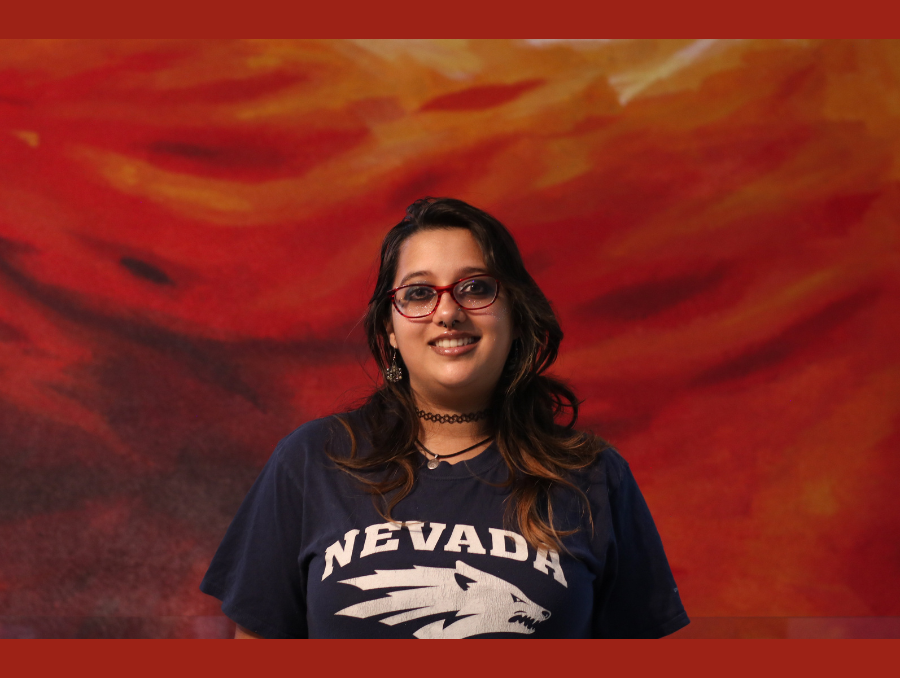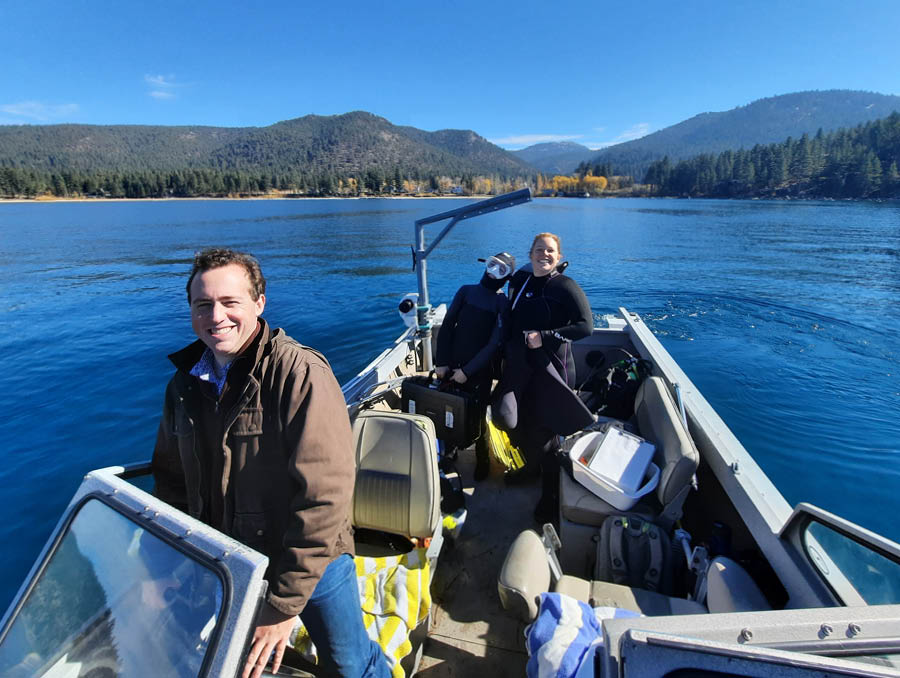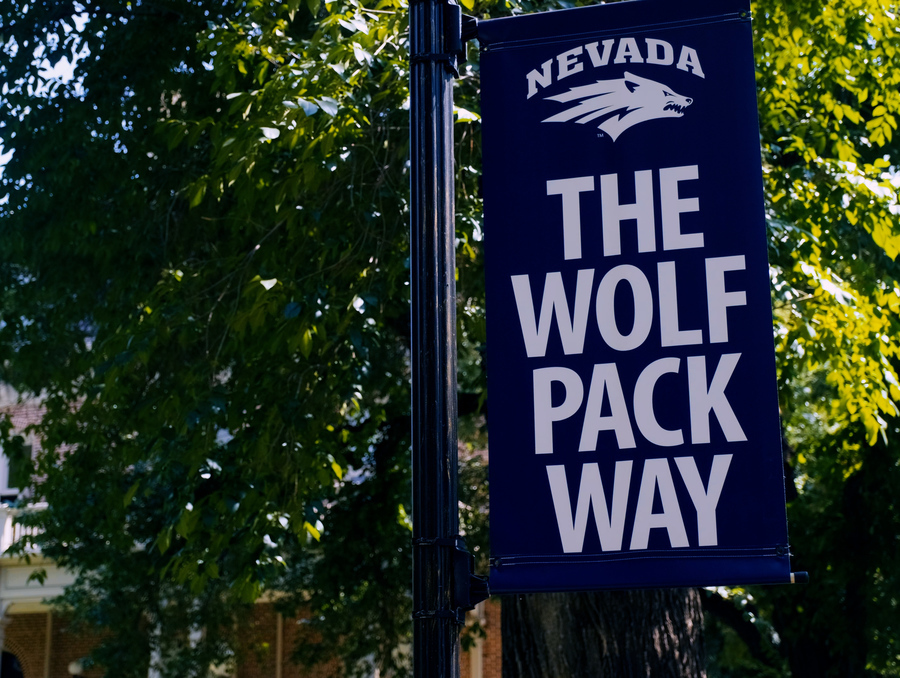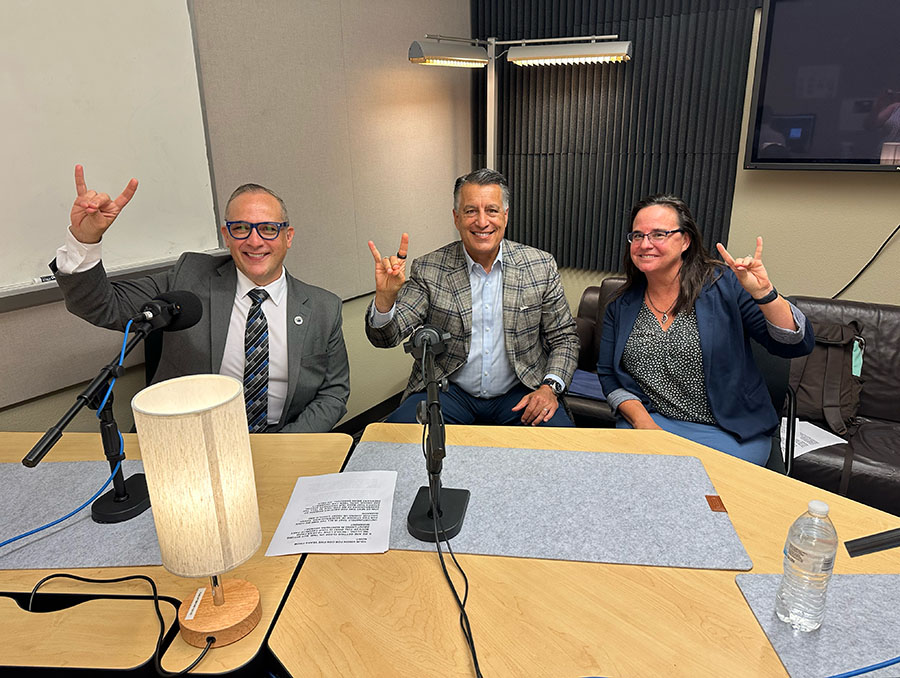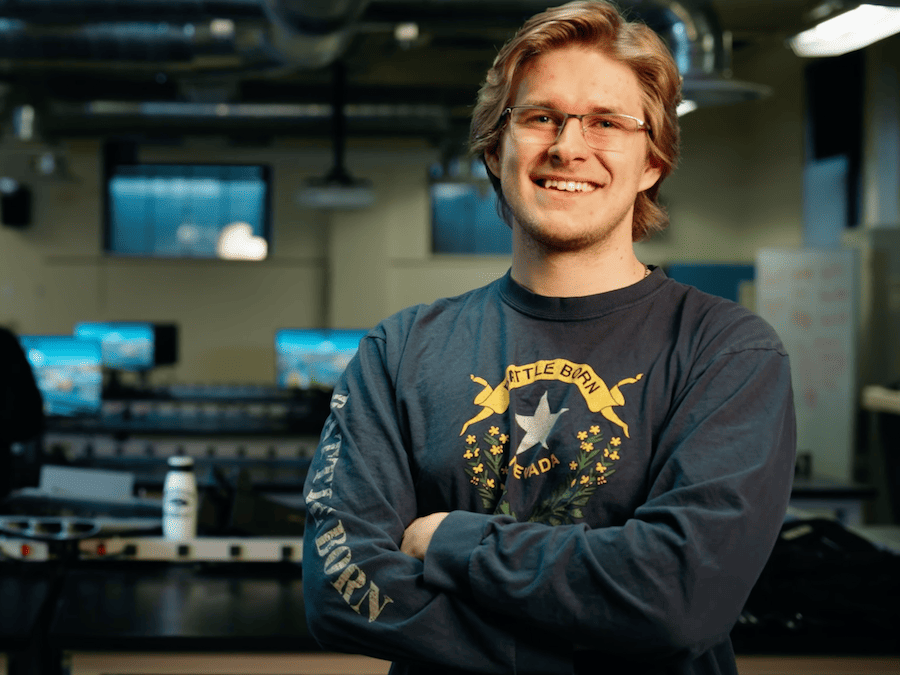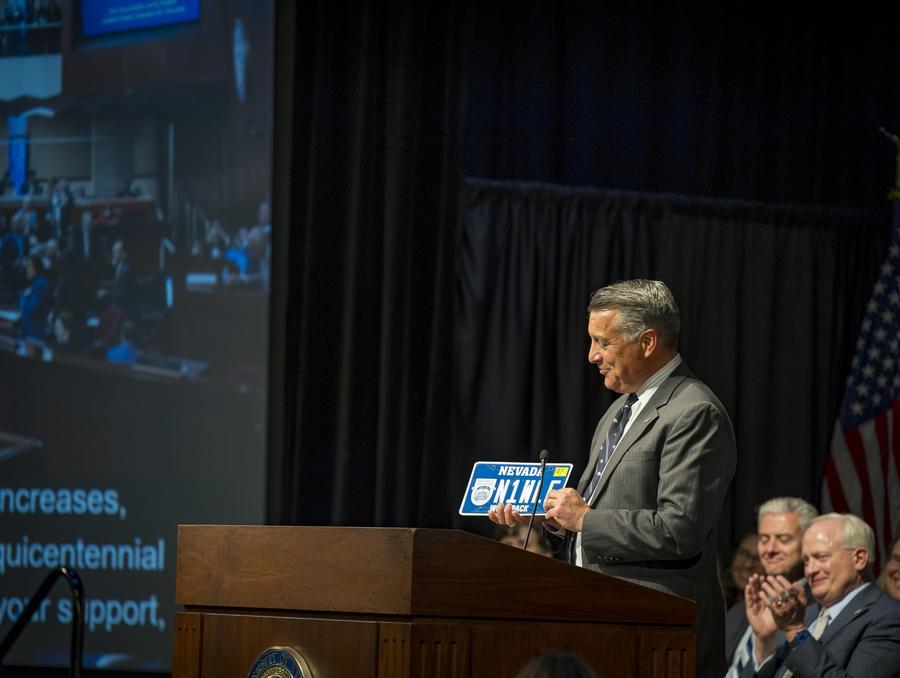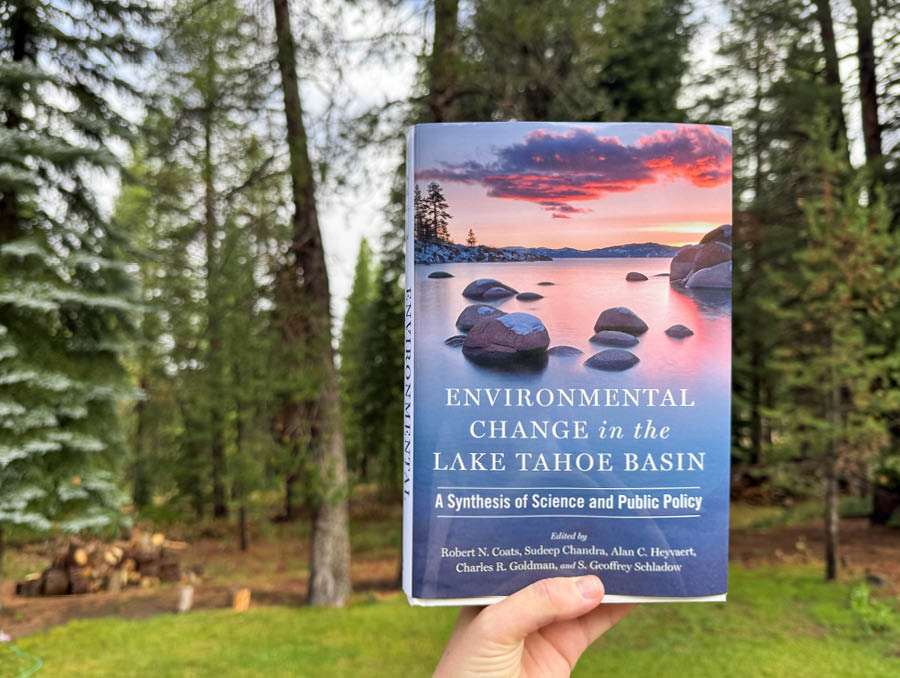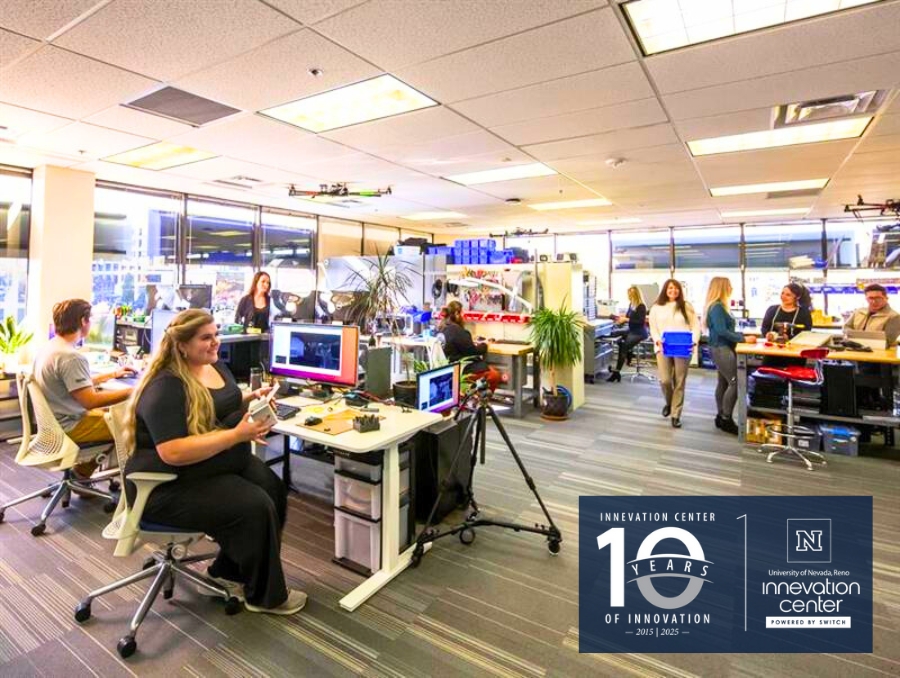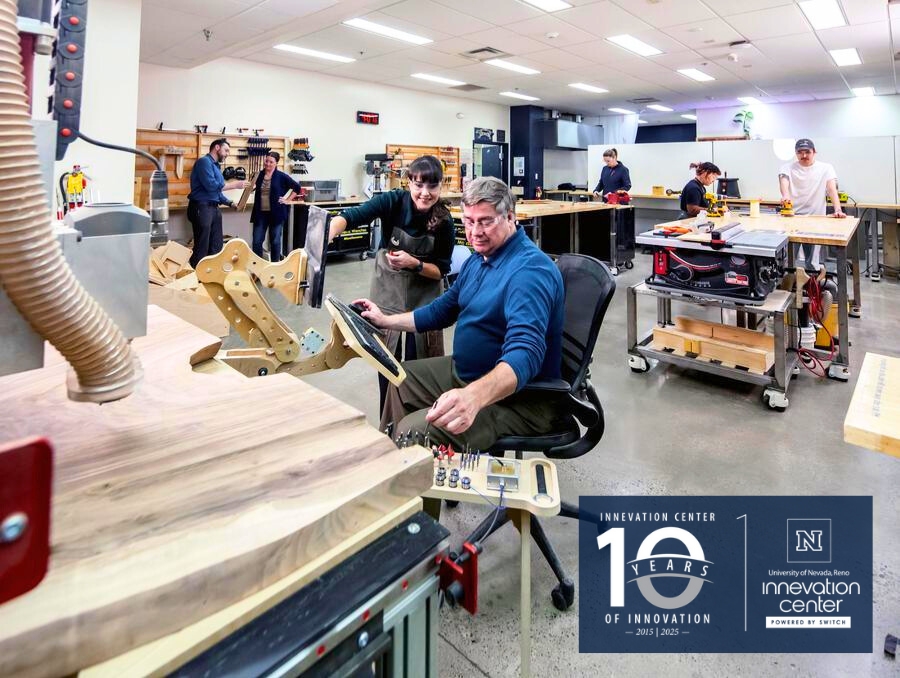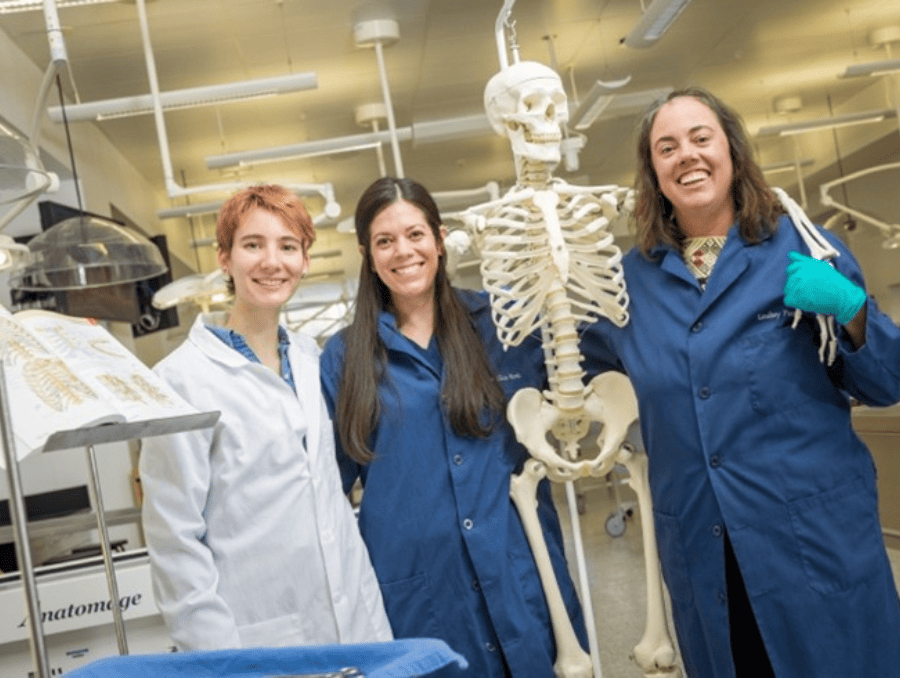Ben King didn’t set out to create a long-sought after material to be used in quantum sensing devices, but life, like quantum science, can be weird. King, a professor in chemistry at the University of Nevada, Reno, had been working on developing two-dimensional materials designed with specific features.
One of the materials he built is a molecular net, a wall with molecule-sized pores that can allow superfluid helium to pass quantum information. The holes in this net are about one nanometer across. For context, a sheet of paper is about 100,000 nanometers thick.
As it happens, physicists have been looking for a material with exactly these features for decades. After King and his colleagues published a paper about the material, he was contacted by Keith Schwab, a physicist at the California Institute of Technology.
“It's kind of funny,” King said, “You don't know where research is going to lead you. When we started this program, I had never heard of such devices. When I started trying to make 2D polymers, I knew they were porous. I knew there was nothing else with such small pores out there. So maybe there is something interesting I could do. And then a physicist who had no idea how to make a material like this saw that we could make it.”
Using quantum entanglement to detect global changes
The researchers waited for a decade for scientific funding priorities to align with their exciting discovery and were well-rewarded for their patience. King is the principal investigator on a $2 million grant from the National Science Foundation’s Quantum Sensing Challenges for Transformational Advances in Quantum Systems program.
The grant provides funding to support the development of a device that uses two reservoirs of superfluid helium separated by the molecular net that King’s research group has developed. The net is made up of many smaller pieces, or monomers. The monomers are small molecules that, when the researchers shine a light on them, link to create the 2D polymers. The researchers will use remarkably cold helium, at about 3 Kelvin (-454 F), to achieve the superfluid state.
The device, known as a superfluid helium quantum interference device, or SHe-quid, will use quantum entanglement between the two reservoirs of helium to detect ultra-small changes in the rate of Earth’s rotation. These changes can be caused by hurricanes, for example, which have an angular momentum that can speed up or slow down the Earth’s rotation.
“One of the more obvious applications for these types of sensors is having really sensitive ways to measure rotational phenomena, like gyroscopic guidance,” King said.
Gyroscopic guidance is widely used in navigation and even in the James Webb Space Telescope.
Other applications of SHe-quids can be imagined, including gravitational sensing, which might find exotic applications such as the detection of gravitational waves and fingerprints of dark matter, and there are practical applications.
“Another area that’s particularly of interest in Nevada is geodesy and mineral exploration,” King said. “There are often small changes in the local gravitational field due to differences in the density of what’s below our feet.”
Those gravitational changes could provide information about the mineral deposits in a given location.
Interdisciplinary impacts
King’s project is one of 18 chosen for funding in this program. King’s collaborators on this grant include Adrian Del Maestro, a theorist specializing in the physics of superfluid helium, Erik Henriksen is an experimentalist who will help with fabrication of 2D materials. Keith Schwab will build the device and conduct proof-of-principle measurements.
“Being a chemist, I didn't know anything about superfluid helium quantum interference devices,” King said. “That's why talking to people, communicating is so important.”
King will work with several students in his research lab on the project. Phillip Damke and Seth Freese, undergraduate students, and John Nyogbe, a graduate student, are currently working on building the polymers.
"For decades, scientific exploration at the quantum scale has yielded surprising discoveries about how our universe works — and tantalizing possibilities for quantum-enabled technologies," NSF Director Sethuraman Panchanathan said in a press release. "We are now taking the next step in quantum research through these projects and others, which combine fundamental research with potential applications that can positively impact our lives, our economic prosperity and our competitiveness as a nation."
